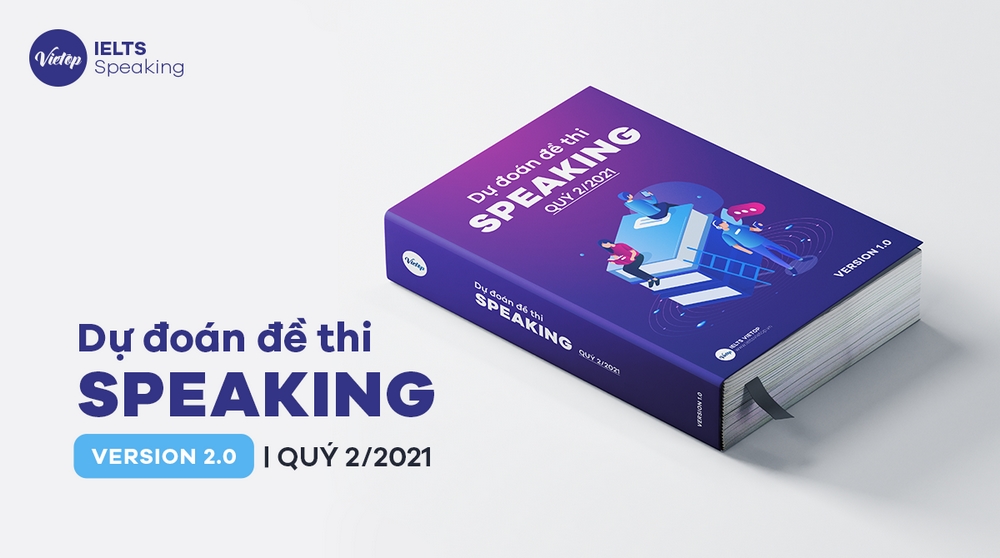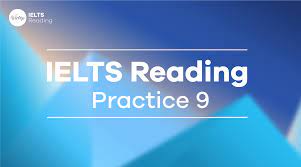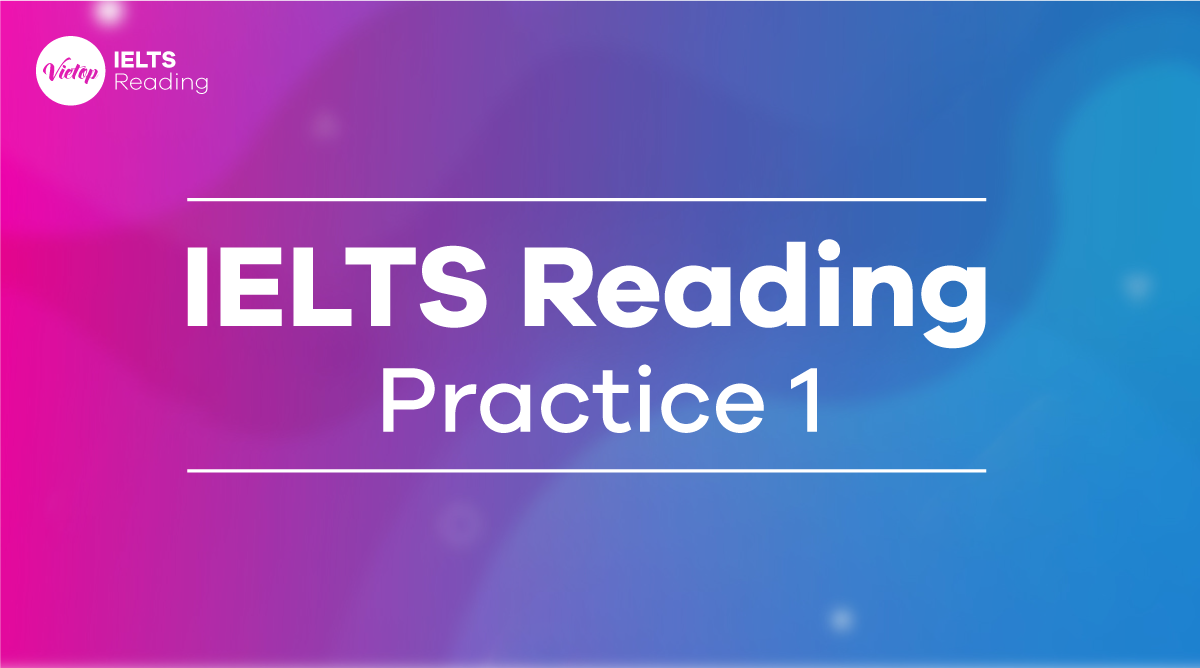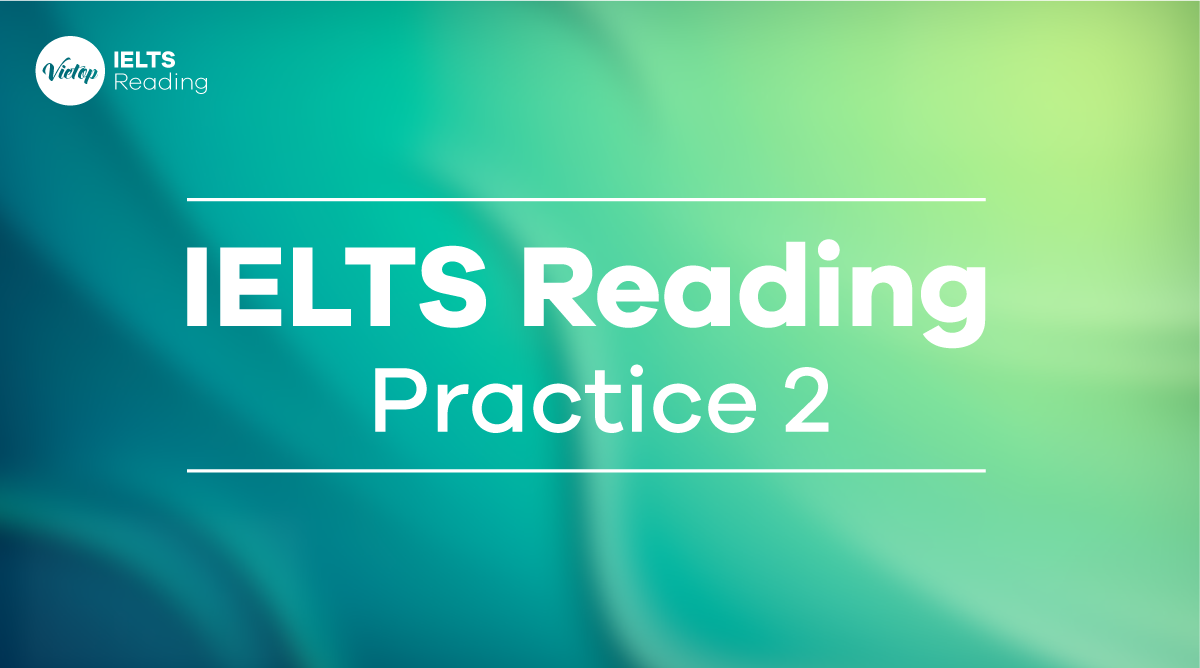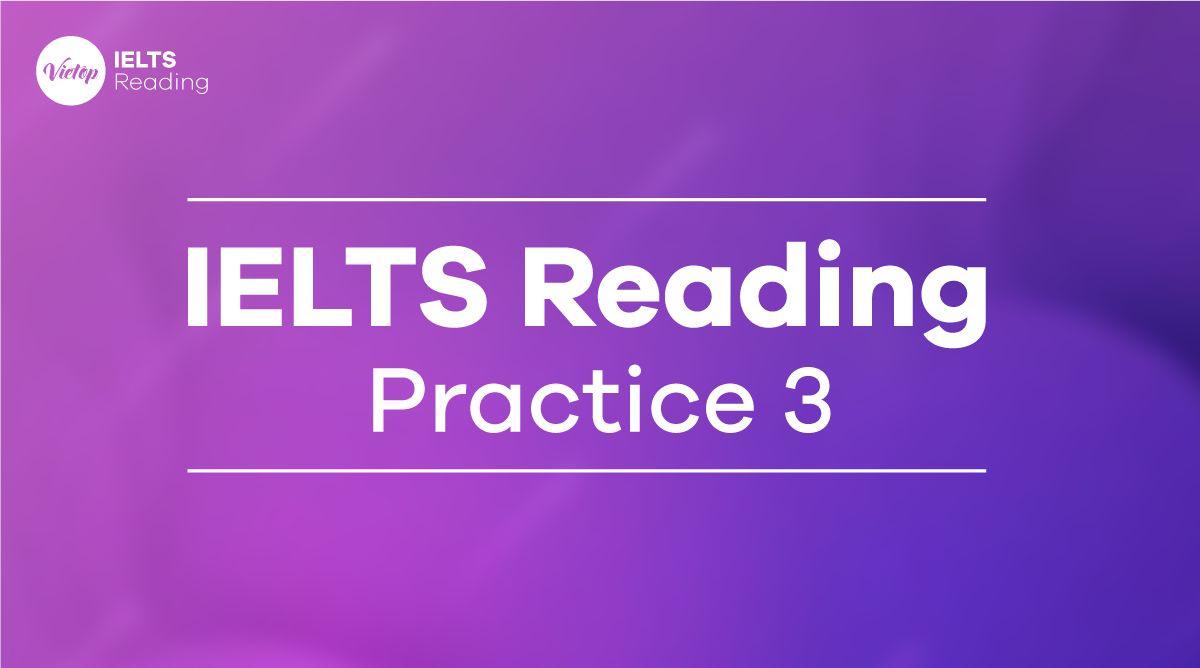Trong IELTS Writing task 2, “To what extent do you agree or disagree?” là câu hỏi phổ biến nhất, tỷ lệ xuất hiện câu hỏi dạng này lên đến khoảng gần 60%.
Vì vậy, hôm nay thanhtay.edu.vn sẽ hướng dẫn các bạn cách viết dạng bài IELTS Writing Task 2 – Agree or Disagree một cách hiệu quả.
Nội dung chính:
1. Bố cục bài viết IELTS Writing Task 2 – Agree or Disagree
Bố cục chung cho dạng bài Opinion (Agree or Disagree) của IELTS Writing Task 2 bao gồm:
Phần Giới thiệu (Introduction)
Mục đích của phần mở bài và cũng là mục tiêu mà bạn cần hướng đến đó chính là giới thiệu cho người đọc câu trả lời của mình đối với vấn đề được đưa ra của đề bài.
*Lưu ý: Đừng trả lời câu hỏi một cách gián tiếp hoặc vòng vo, bạn sẽ bị mất điểm nếu không trả lời thẳng vào vấn đề. Độ dài của phần mở bài chỉ cần từ 2-3 câu là đủ
Phần Thân bài (Body)
Thân bài là nơi mà bạn trình bày các luận điểm của mình cùng với những lập luận và ví dụ. Thông thường, 2 luận điểm tương ứng với 2 đoạn văn là đủ.
Nếu câu trả lời của bạn là đồng ý/không đồng ý, thì các luận điểm của bạn sẽ phải đủ rõ ràng và hợp lý để người đọc có thể hiểu được tại sao bạn lựa chọn của bạn là như vậy
Nếu câu trả lời của bạn là đồng ý một phần, bạn phải chỉ ra được bạn đồng ý ở điểm nào và không đồng ý ở điểm nào. Ở mỗi luận điểm sẽ phải có giải thích rõ ràng cũng như ví dụ cụ thể.
Phần Kết luận (Conclusion)
Khác với phần thi IELTS Writing Task 1, phần Task 2 yêu cầu bạn phải có kết luận. Phần kết luận có mục đích là để tóm tắt lại câu trả lời và giải thích của bạn. Một đoạn kết bài chuẩn thường nằm ở khoảng 1-3 câu.
*Lưu ý: Không đưa ra thêm bất kỳ luận điểm nào không được nhắc tới ở phần thân bài vào trong kết luận. Ngoài ra, bạn nên tránh việc lặp lại y chang phần mở bài.
Xem thêm các bài viết về IELTS:
- Thang điểm IELTS và cách làm bài đạt điểm cao nhờ các mẹo này.
- Cách luyện nghe IELTS Listening hiệu quả
- Các chứng chỉ tiếng Anh được công nhận phổ biến nhất
2. Cách viết bài luận Agree or Disagree IELTS Writing Task 2
Đối với IELTS Writing Task 2 – dạng bài Agree và Disagree có các cách viết bài dưới đây

2.1. Cách viết cân bằng (balanced opinion) – đồng ý và không đồng ý
Phần giới thiệu
Giới thiệu chủ đề và nêu lên ý kiến cá nhân đồng ý và không đồng ý với đề bài.
General statement: paraphrase lại đề bài
It is thought by some people that ….
Thesis statement: trả lời câu hỏi của đề bài – nêu rõ quan điểm cá nhân là có điểm mình đồng ý nhưng cũng có điểm không đồng ý. Các cấu trúc câu phổ biến nhất để thể hiện ý này là:
- “While/ Although I agree that .., I believe/ disagree that…”
- “I agree that….., but I do not think that…”
- “To a certain extent, I agree that …. . However, I also think that ….”
Phần thân bài
Vì đây là cách viết cân bằng, thảo luận vấn đề từ cả 2 hướng nên thân bài gồm 2 đoạn:
- Đoạn 1: lý do đồng ý với đề bài
- Đoạn 2: lý do không đồng ý với đề bài
Paragraph 1: Dùng cấu trúc song hành/ diễn dịch để giải thích lý do khiến mình agree.
- Câu topic sentence 1: On the one hand, I would agree that ….
- Nói về ưu điểm 1: In other words,… (diễn giải cách khác)
- Nói về ưu điểm 2: For example,…/ for instance,… (đưa ra ví dụ)
- Nói về ưu điểm 3: If … (đưa ra viễn cảnh nếu không thì sẽ thế nào)
Paragraph 2: Dùng cấu trúc song hành/ diễn dịch để giải thích lý do khiến mình disagree , hoặc những khía cạnh khác mà mình nghĩ cũng quan trọng.
- Câu topic sentence 2: On the other hand/ Nevertheless, I also think that ….
- Nói về khuyết điểm 1: First,……. It means that ……
- Nói về khuyết điểm 2: Second,….. In particular, ……
- Nói về khuyết điểm 3: Finally,……. For example,…
Phần Kết luận: Nêu lên quan điểm cá nhân
In conclusion, while …., I (do not) believe that …
2.2. Cách viết chỉ nghiêng về một mặt (one-sided opinion) – đồng ý hoặc không đồng ý
Phần Giới thiệu: Giới thiệu chủ đề và nêu lên ý kiến cá nhân đồng ý/không đồng ý với đề bài.
General statement: paraphrase lại đề bài
It is a fact that ….
Thesis statement: trả lời câu hỏi của đề bài – nêu rõ & trực tiếp quan điểm cá nhân là có điểm mình đồng ý hay không đồng ý:
- Personally, I completely agree/ disagree with this idea.
- In my opinion, I am in agreement with this idea/ I am not in agreement with this idea.
Phần Thân bài
Vì đây là cách viết chỉ nghiêng về một mặt nên thân bài bao gồm các đoạn văn nêu lên lý do tại sao bạn đồng ý/không đồng ý.
- Đoạn 1: lý do đồng ý/không đồng ý 1
- Đoạn 2: lý do đồng ý/không đồng ý 2
Hoặc nếu bạn không tìm đủ lý do để viết thì:
- Đoạn 1: lý do đồng ý/không đồng ý
- Đoạn 2: lợi ích/hệ quả của lý do nêu lên ở đoạn 1
Có tổng cộng 3 cách để bạn viết phần Body cho ý kiến nghiêng về một phía. Tuy nhiên, cách 1 & 2 dễ viết và bạn nên tập nhuần nguyễn hai cách này trước khi muốn viết theo cách 3 vốn là cách khó hơn.
| Cách 1: Lý Do – Lý Do | Paragraph 1: Nêu ra lý do 1 (dùng phương pháp diễn dịch) Topic sentence 1: The first reason for this is because …. is … Supporting sentences: If ….. For example, ….. Paragraph 2: Nêu ra lý do 2 (dùng phương pháp diễn dịch) Topic sentence 2: In addition to the reason above, I also believe that … Supporting sentences: If ….. For example, ….. |
| Cách 2: Lý Do – Lợi Ích/ Hệ Quả | Paragraph 1: Nêu ra (các) lý do (dùng phương pháp diễn dịch / song hành) Topic sentence 1: The first reason for …. relates to… Supporting sentences: If ….. For example, ….. Paragraph 2: Nêu ra (các) lợi ích/ hệ quả nếu làm như vậy (dùng phương pháp diễn dịch/song hành) Topic sentence 2: There are many benefits that people could gain from …. Supporting sentences: First,…. Second, …. Finally, … |
| Cách 3: Phản Đề – Lý Do(Cách này áp dụng lập luận phản đề, tức là nêu quan điểm của phe đối lập và phản bác lại. Cách này bạn phải nắm vững vàng cách lập luận và từ vựng phải khá, nếu không dễ viết thành ủng hộ cho quan điểm mà mình không đồng ý) | Paragraph 1: Đưa ra lập luận của phe đối lập và phản bác nó. – Topic sentence 1:The argument in favour of …(ý kiến đối lập).. would be that …(nêu các lập luận của ý kiến đối lập)… However, I believe this to be unrealistic/ a very shortsighted view. Supporting sentences: If ….. For example, ….. Paragraph 2: Nêu ra (các) lý do ủng hộ quan điểm của mình Topic sentence 2: The main reason for …. relates to… Supporting sentences: If ….. For example, ….. |
Phần Kết luận: Nêu lên quan điểm cá nhân một lần nữa
Tuỳ theo mỗi cách viết thân bài sẽ có cách viết các conclusion khác nhau. Nhìn chung bạn cứ dựa vào cách thức
- Câu 1: parahrase lại câu thể hiện quan điểm của mình.
- Câu 2-3: tóm tắt và nói ngắn gọn các ý trong topic sentence 1 & 2.
2.3. Cách viết chỉ nghiêng về một mặt nhưng kèm theo counter-argument (ý kiến phản biện)
Phần Giới thiệu: Giới thiệu chủ đề và nêu lên ý kiến cá nhân đồng ý/không đồng ý với đề bài.
Phần Thân bài: vì đây là cách viết có thêm ý kiến phản biện để làm mạnh hơn quan điểm đồng ý/không đồng ý của người viết nên thân bài nên đưa ra một ý kiến trái chiều cho ý kiến của người viết sau đó phản bác lại để làm rõ quan điểm.
- Đoạn 1: Đưa ra lập luận ý kiến đối lập và phản bác nó
- Đoạn 2: Nêu ra (các) lý do ủng hộ quan điểm của mình
Phần Kết luận: Nêu lên quan điểm cá nhân một lần nữa
*Lưu ý: Đối với cách viết này bạn phải nắm vững vàng cách lập luận và từ vựng phải khá, nếu không dễ viết thành ủng hộ cho quan điểm mà mình không đồng ý.
3. Các cụm từ thường dùng để viết dạng bài Agree or Disagree trong IELTS Writing Task 2
Nêu ra ý kiến/quan điểm cá nhân
- In my view/opinion, …
- From my point of view, (Personally.) I tend to think/believe/feel that …
- I would argue that / I tend to think that …
- I am not sure I agree with/that …
- I tend not to believe that As far as I’m concerned, Arguably / As a matter of fact / Interestingly / Clearly / To a certain extent, …
Nêu ra luận điểm
- The main argument in favor of/against…
- It is (certainly) true that …
- It is (generally) believed/felt that …
- The general view is/has been that …
- Experts/Professionals would argue/say that …
Nêu ra lý do, ví dụ
- One of the main reasons why …
- The main reason why …
- There are a number of reasons why/for …
- For this reason, …
Nêu ra ý phản biện
- Having said that / made this point / these points, …
- Despite / In spite of this, …
Miêu tả mục đích
with the aim of/in order to / so as to
Nhấn mạnh
- What we/people/governments need to / should do is …
- All that X needs to / should do is …
- It is X that …
Đưa ra kết luận
- Overall, … / All in all, …
- Ultimately, … / In the end, …
4. Bài mẫu IELTS Writing Task 2
Topic 1
Some people feel that entertainers such as film stars, pop musicians or sports stars are paid too much money.
Do you agree or disagree?
Which other types of jobs should be highly paid?
Bài mẫu
It is often said that people who work in the entertainment industry such as movie stars, musicians, and sports stars are being overpaid. This essay discusses why I think they are paid too much money and then I will describe other occupations that I think should receive higher salaries.
The main reason I strongly feel that the salaries are too high is that the entertainers’ income does not reflect the amount of work they do. For instance, a top star movie like Angelina Jolie can easily make one million dollars by acting in a single film. This amount may never be reached by many people during their life no matter how hard-working they are. In addition, if we base people’s income on their relative contribution to society the incomes of entertainers seem too high. This is because entertainment is not as important to our society as much as other fields such as science and technology.
There are other professions that deserve to be paid well for their work. More specifically, people like doctors who make a big contribution to society should be rewarded. Since doctors can save lives and give people hope, they should receive a high amount to reflect the meaningful contributions they make. Another type of occupation deserving of a good salary is teachers because they have a huge responsibility to contribute to the education of the next generation. Surely people we entrust with such a task should be rewarded accordingly.
In conclusion, I reiterate my strong belief that entertainers are overpaid as they do not offer anything greater than other people who are working in other industries. It is advocated that people who make a significant contribution to society such as medical practitioners and teachers should be rewarded appropriately. I recommend that steps should be taken to address this disparity. [310 words]
Từ vựng
- reflect the low amount of work =reveal and show the low amount of work
- relative contribution=comparative impact
- fields such as science and technology =work areas such as science and technology
- meaningful contributions assistance and help
- gap in benefits =difference in benefits
Topic 2
Families who send their children to private schools should not be required to pay taxes that support the state education system. To what extent do you agree or disagree with this statement?
Some people believe that parents of children who attend private schools should not need to contribute to state schools through taxes. Personally, I completely disagree with this view.
For a variety of reasons, it would be wrong to reduce taxes for families who pay for private education. Firstly, it would be difficult to calculate the correct amount of tax reduction for these families, and staff would be required to manage this complex process. Secondly, we all pay a certain amount of tax for public services that we may not use. For example, most people are fortunate enough not to have to call the police or fire brigade at any time in their lives, but they would not expect a tax reduction for this. Finally, if wealthy families were given a tax discount for sending their children to private schools, we might have a situation where poorer people pay higher taxes than the rich.
In my opinion, we should all be happy to pay our share of the money that supports public schools. It is beneficial for all members of society to have a high-quality education system with equal opportunities for all young people. This will result in a well-educated workforce and in turn a more productive and prosperous nation. Parents of children in private schools may also see the advantages of this in their own lives. For example, a company owner will need well-qualified and competent staff, and a well-funded education system can provide such employees.
In conclusion, I do not believe that any financial concessions should be made for people who choose private education.
(269 words, band 9)

Topic 3
We cannot help everyone in the world who needs help, so we should only be concerned with our own communities and countries. To what extent do you agree or disagree with this statement?
Some people believe that we should not help people in other countries as long as there are problems in our own society. I disagree with this view because I believe that we should try to help as many people as possible.
On the one hand, I accept that it is important to help our neighbors and fellow citizens. In most communities, there are people who are impoverished or disadvantaged in some way. It is possible to find homeless people, for example, in even the wealthiest of cities, and for those who are concerned about this problem, there are usually opportunities to volunteer time or give money to support these people. In the UK, people can help in a variety of ways, from donating clothing to serving free food in a soup kitchen. As the problems are on our doorstep, and there are obvious ways to help, I can understand why some people feel that we should prioritize local charity.
At the same time, I believe that we have an obligation to help those who live beyond our national borders. In some countries, the problems that people face are much more serious than those in our own communities, and it is often even easier to help. For example, when children are dying from curable diseases in African countries, governments and individuals in richer countries can save lives simply by paying for vaccines that already exist. A small donation to an international charity might have a much greater impact than helping in our local area.
In conclusion, it is true that we cannot help everyone, but in my opinion, national boundaries should not stop us from helping those who are in need.
(280 words, band 9)
Topic 4
Some people think that instead of preventing climate change, we need to find a way to live with it. To what extent do you agree or disagree?
Climate change represents a major threat to life on Earth, but some people argue that we need to accept it rather than try to stop it. I completely disagree with this opinion, because I believe that we still have time to tackle this issue and reduce the human impact on the Earth’s climate.
There are various measures that governments and individuals could take to prevent, or at least mitigate climate change. Governments could introduce laws to limit the carbon dioxide emissions that lead to global warming. They could impose “green taxes” on drivers, airline companies, and other polluters, and they could invest in renewable energy production from solar, wind, or water power. As individuals, we should also try to limit our contribution to climate change, by becoming more energy efficient, by flying less, and by using bicycles and public transport. Furthermore, the public can affect the actions of governments by voting for politicians who propose to tackle climate change, rather than for those who would prefer to ignore it.
If instead of taking the above measures we simply try to live with climate change, I believe that the consequences will be disastrous. To give just one example, I am not optimistic that we would be able to cope with even a small rise in sea levels. Millions of people would be displaced by flooding, particularly in countries that do not have the means to safeguard low-lying areas. These people would lose their homes and their jobs, and they would be forced to migrate to nearby cities or perhaps to other countries. The potential for human suffering would be huge, and it is likely that we would see outbreaks of disease and famine, as well as increased homelessness and poverty.
In conclusion, it is clear to me that we must address the problem of climate change, and I disagree with those who argue that we can find ways to live with it.
(322 words, band 9)
Hy vọng với bài viết trên về cách viết dạng bài IELTS Writing Task 2 – Agree or Disagree mà thanhtay.edu.vn đã chia sẽ và tổng hợp những bài văn mẫu ở trên sẽ giúp bạn hiểu rõ hơn về dạng bài này cho kì thi sắp tới. Chúc các bạn học tập thật tốt nhé!


